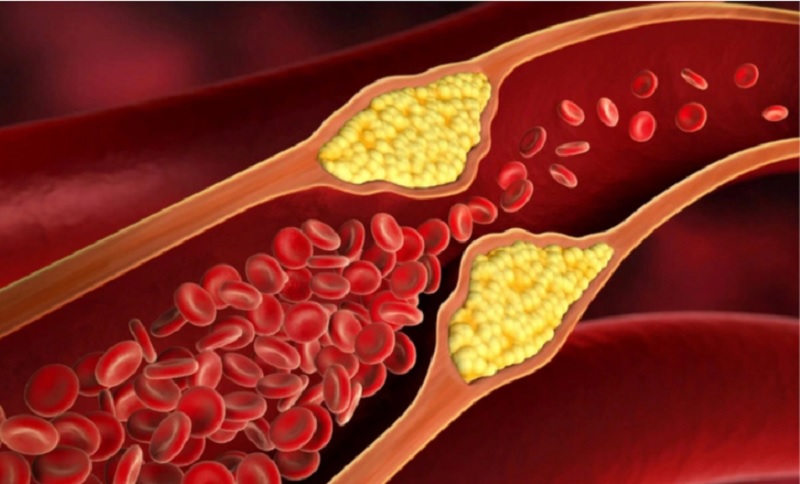More than 44% of Vietnamese adults have high blood cholesterol
The situation of dyslipidemia in Vietnam is becoming more complicated, according to a survey by the Ministry of Health in 2021. The proportion of people with high cholesterol (from 5.0 mmol/L or higher or being treated) increased from 30% in 2015 to 44% in 2021, reflecting an increasingly serious risk to public health.

Illustration
Expert Nguyen Huan warned that without timely intervention, this situation will lead to increased cardiovascular complications, greatly affecting the health system and quality of life.
Dyslipidemia occurs when fats in the blood become unbalanced. High levels of "bad" cholesterol (LDL) build up in the artery walls, forming plaques that narrow the arteries and impede blood flow. Meanwhile, "good" cholesterol (HDL) helps transport excess cholesterol back to the liver for excretion, while high triglycerides also increase the risk of heart disease. This process often occurs silently for many years, without obvious symptoms until complications, such as heart attack or stroke occur. Therefore, regular health check-ups and lifestyle changes are the optimal prevention methods.
Diet and physical activity play an important role in controlling blood lipids. It is necessary to supplement unsaturated fats from fatty fish, vegetable oils, nuts, limit sugar, refined starch and salt. At the same time, maintain a reasonable weight, increase exercise, limit stimulants to reduce the risk of dyslipidemia. According to WHO, high cholesterol causes about 2.6 million deaths each year, is the main cause of the global disease burden. Cholesterol indicators need to be monitored periodically, starting from the age of 9-11 and periodically every 5 years, or annually after the age of 45 for early detection and effective control.